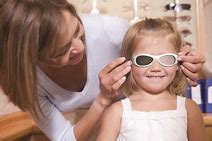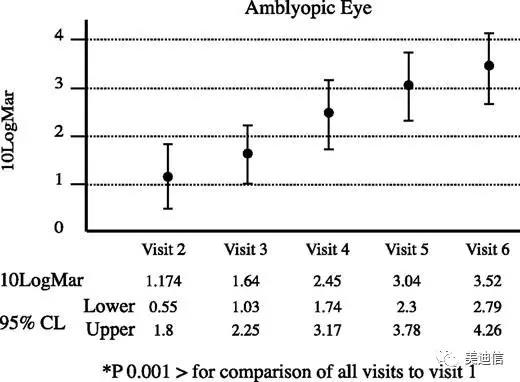Amblyopia Revolution: A Trial Research Report on Electronic Liquid Crystal Glass

In July 2010, the medical journal Investigative Ophthalmology&Visual Science published a preliminary research report "Treating Amblyopia with Liquid Crystal Glasses". The main purpose of this report is to evaluate the clinical effect of using electronic liquid crystal covered glasses to treat ametropia, strabismus or amblyopia caused by the combination of the two.
Relevant clinical and experimental observations confirmed that the active central nervous system mechanism guides the development of amblyopia, for example, when the dominant eye regulates and processes the visual input of the cerebral cortex, it will actively inhibit the potential input of the amblyopia eye. Therefore, in the past three hundred years, the main treatment of amblyopia has been to cover the eyes. The time of covering good eyes every day may vary from a few hours a day to the whole day, and the treatment effect is also obviously different. The difference in treatment effect will be affected by known or unknown factors. Among the known factors, poor parental compliance and the unwillingness of amblyopic children to cover their eyes are the most influential. The latter is very common when they are 3 to 7 years old. Therefore, it is suggested that this treatment problem can be solved by electronic covering.

Because the implementation of covering and atropine treatment is not smooth, and some children and parents with amblyopia have encountered resistance, we need new treatment methods. Nowadays, as a new product for amblyopia treatment, electronic liquid crystal glasses (LCG) have been designed. Our group has previously reported the safety and feasibility of electronic liquid crystal glasses (LCG). Now we are expanding our observation and designing the results of a multi center pilot study to test the new technology of electronic liquid crystal glasses (LCG).
In this prospective, non controlled study, a total of 28 children with monocular amblyopia, ranging in age from 4 to 7.8 years, participated in the treatment. Twenty four patients completed the study. For the electronic liquid crystal glasses LCG worn by all amblyopic children participating in the study, under the control of electronic program, the alternating time of covering and non covering is uniform and fixed. This time point is set as 5 out of 8 hours of wearing glasses are covered, and the cover is only applied to good eyes. 24 amblyopic children were followed up for 9 months. The test data mainly include the best corrected far vision, near vision, fixation mode and binocular vision function. Among them, Snellen table was used for far vision measurement, and Rossano/Weiss table was used for near vision measurement.
The test results showed that the mean corrected visual acuity after 9 months was 0.59 (SD, 0.16) compared with 0.27 (SD, 0.09) before treatment (P<0.001). The majority of children (92 per cent) are well treated. The compliance of children with electronic liquid crystal glasses LCG is good, and they can wear them happily for at least 8 hours every day. After treatment, amblyopic children with good stereoscopic vision (less than 60 second angle) increased from 8% at the beginning to 21%. No adverse events occurred.


Conclusion: Children with amblyopia who wear electronic liquid crystal glasses (LCG) can improve their near vision, far vision and stereoscopic vision. The treatment process is easily accepted by parents and children.
Discussion: In this study, amblyopia caused by ametropia, strabismus or both can be treated by electronic liquid crystal glasses LCG. At the same time, amblyopic children have good compliance with the wearing of electronic LCD glasses LCG. Although 4 amblyopic children withdrew early for various personal reasons, the rest of the children completed the entire study. In 20% of the treated children, the peak distance from VA improved very quickly, while in most of the treated children, the maximum improvement was achieved after a long time. These observations are consistent with the research reports of traditional covering therapy. One noteworthy finding is that 21% of children have significant improvement in stereo vision. This improvement may be due to the use of LCG to stimulate the visual function of amblyopic eyes while keeping the eyes open, so as to develop binocular cooperation and improve binocular visual function. Of course, we cannot rule out that the improvement of vision will lead to better stereoscopic acuity.
In a word, we prove that LCG is a new device that can effectively treat amblyopia in children. Considering that some types of amblyopia need to extend the treatment time, we need to adjust the time-sharing system for them and provide more choices to match the degree of amblyopia, the duration of treatment and the age of patients, so as to further enhance the potential benefits of treatment.
